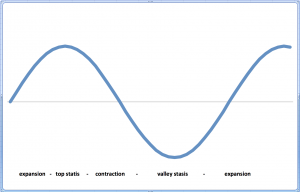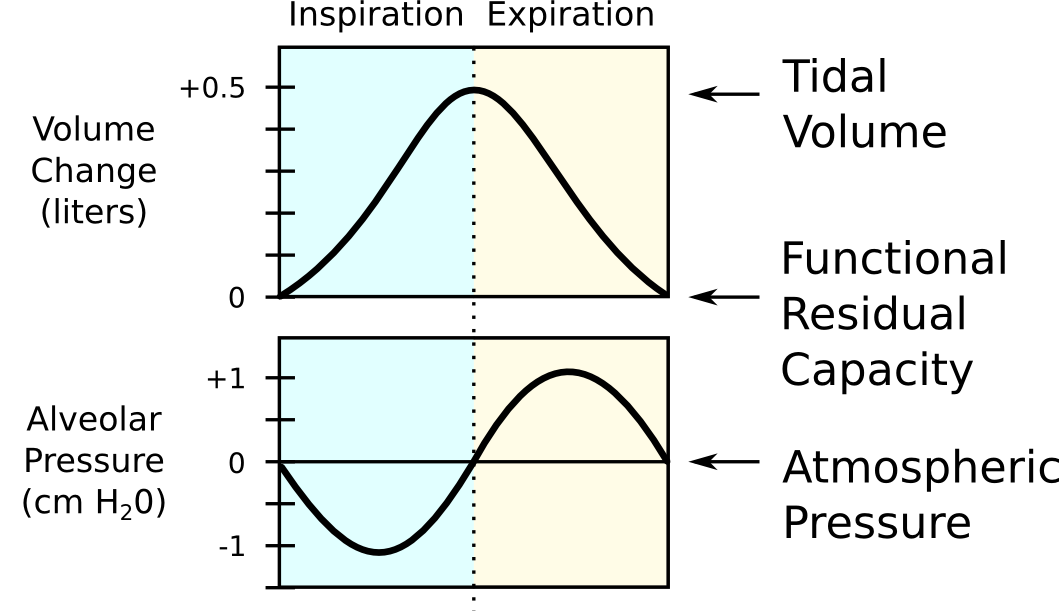The Life Pulse tool is the conscious recognition that every thing that is alive “vibrates” with life. This vibration of life passes by pulses. The pulsations can be fast or slow, extremely fast or extremely slow, or of any speed and frequencies in between. All the life forms in the manifest universe vibrate at some frequency or combination of frequencies in the nearly infinitely wide spectrum of pulse rates.
A pulsation has four phases:
- expansion,
- top stasis,
- contraction, and
- valley stasis.
“Your hand opens and closes, opens and closes. If it were always a fist or always stretched open, you would be paralysed. Your deepest presence is in every small contracting and expanding, the two as beautifully balanced and coordinated as birds’ wings.”
― Jelaluddin Rumi , The Essential Rumi
Each of these phases are in their essence natural, spontaneous and inherently positive. And it is possible to live each phase positively, harmoniously and peacefully. Even though all the 4 phases are inherently positive, sometimes our psyche deviates its creative capacity to live some of these phases negatively, meaning, with suffering. One of the aims of the entire practice of IP is to educate or reeducate our psyche in order to live the four phases of the Life Pulse naturally and therefore peacefully joyful.

The respiratory cycle
The respiratory cycle may be the most accessible exemple of the Life Pulse. It is very easy to identify the 4 phases in one breathing cycle.
- During inspiration there is a net movement of air into the lungs and the volume of the lungs goes into expansion. Given the inward movement of air, it is clear that the alveolar pressure must be slightly negative, thus dipping below that of atmospheric pressure and in consequence actuating inward airflow.
- Towards the end of the inhalation our lungs are getting filled and the intake of air diminishes and comes to a complete halt. At this time the lungs have expanded by the tidal volume above that of the Functional Residual Capacity (FRC) After this halt there is a little (or sometimes longer) pause. This pause is the top stasis.
- After the pause the body starts to exhale. There is a net movement of air out of the expanded lungs and the volume of the lungs declines and thus goes into contraction. Given the outward movement of air, it is clear that the alveolar pressure must be slightly positive, thus increasing above that of atmospheric pressure and in consequence actuating outward airflow.
- Also here towards the end of the exhalation the release of air slows down and comes to a complete stop. After this stop the volume of our lungs have declined by the tidal volume back to the FRC and there is another pause, short or long. During this rest there is no net movement of air into our out of the lungs. This pause is the valley stasis. And from here a new respiratory cycle starts over again, … and again.
In this exemple it is also completely obvious that there is no superior or inferior phase of the respiratory cycle. There is no physiological basis to, for instance, consider the inhalation more important then the exhalation or vice versa. If we don’t exhale, there is no space the next inhalation and vice versa. It is also physically impossible to only inhale or to only exhale. One depends on the other. And it is equally impossible to bypass the stasis parts. Without stopping, pausing and reversing the respiratory direction there is no change from inhalation to exhalation and vice versa.
Even more, each phase of the respiratory cycle is interdependent with each of the other phases. If we don’t inhale much, we can not exhale much. If we exhale completely, we have more space for the next inhalation. If we make the transitions from inhalation to exhalation (top stasis) or from exhalation to inhalation hastily (valley stasis), we put strain on the following exhalation or inhalation respectively. If we make these transitions smooth, then the following breathing phase can also relax more.
Conclusions:
- the 4 phases of the respiratory cycle are equally important
- each of the 4 phases of the respiratory cycle influences and is influenced by the 3 others
And these conclusion are also valid for the 4 phases of the Life Pulse in general. We can learn a lot and offer us immense benefits by cultivating a healthy breathing pattern.

